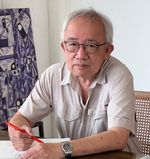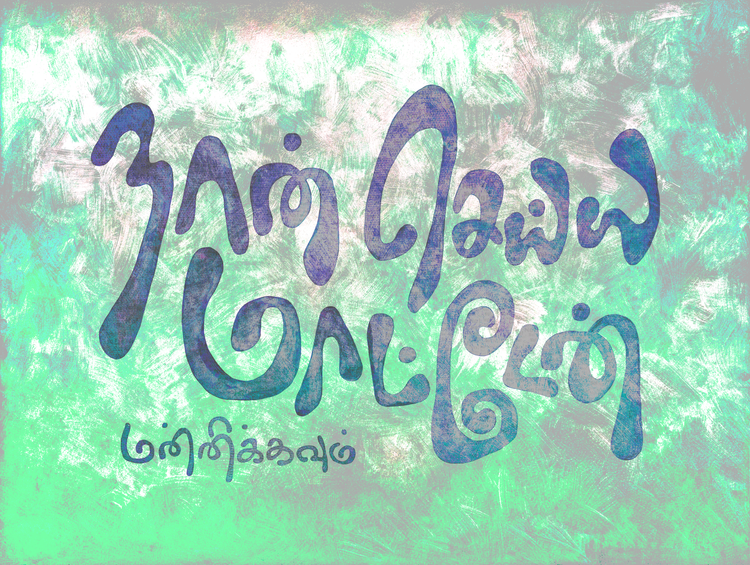Publishing & art: The Edge & my ‘Durian series’

EARLY this year, when curator Stephen Menon invited me to take part in ArtVoice’s collaborative project with Universiti Malaya called ART+EDUCATION, I quickly agreed. It would be an opportunity for me to put together and share my ideas on two aspects of my life, art and publishing. The latter, more specifically, would cover mainly design and production. I wanted to show that they are symbiotic – that is, they enhance each other even as the mode of producing media changes so rapidly.
I chose The Edge as the basis for my presentation on publishing because its production system is one I am most familiar with. And my “Durian” series because it is the most sophisticated of my “analog-digital” experiments.
The following are some points regarding the art-publishing symbiosis:
Fine art enhances publications by way of sophisticated illustrations that befit a high-end business weekly
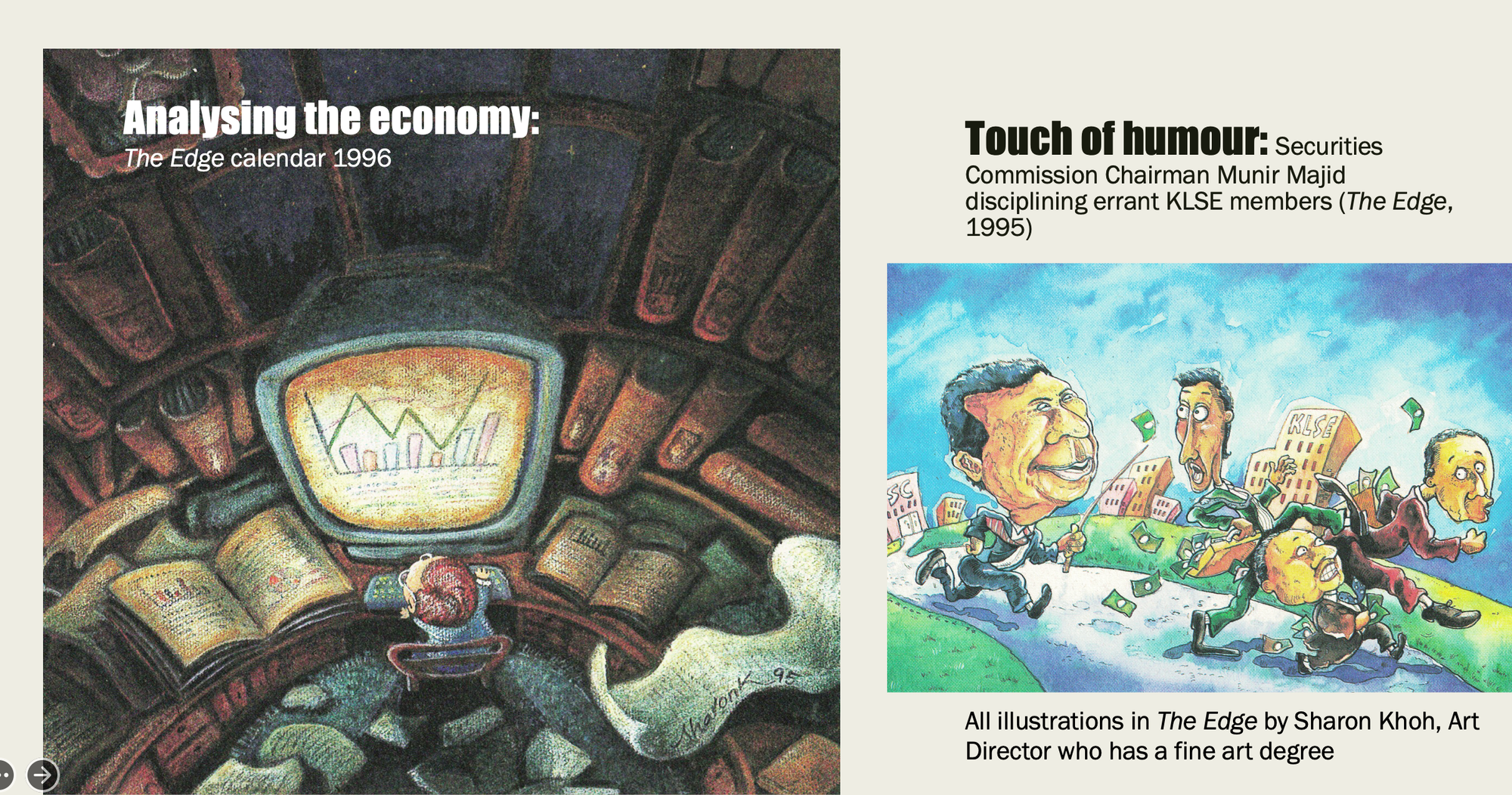
Fine art in the form of typography plays an essential role in providing the “tone” and “demeanour” of publications
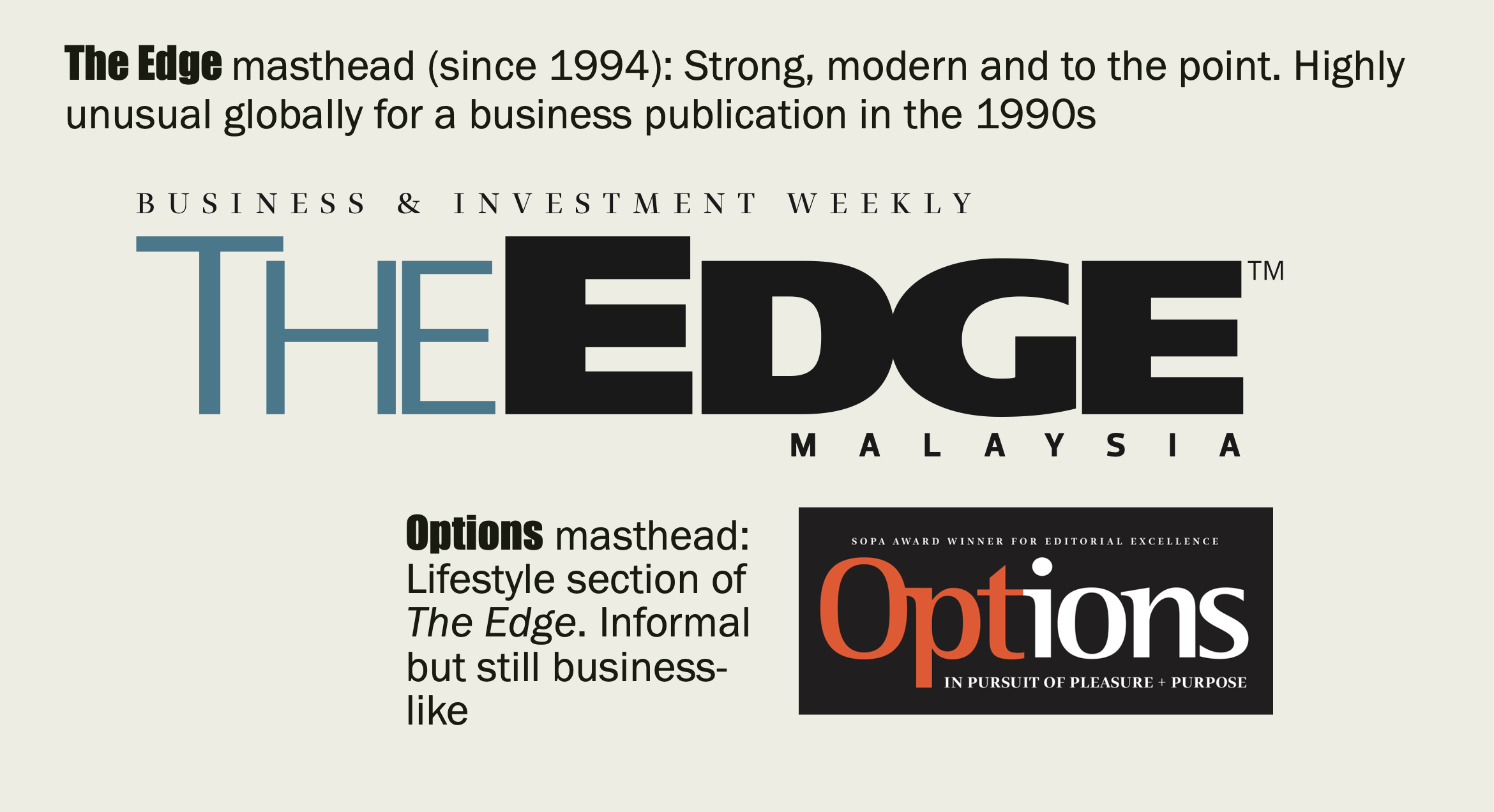
Publications act as a natural A&P (advertising & promotion) medium for fine artists and other print media
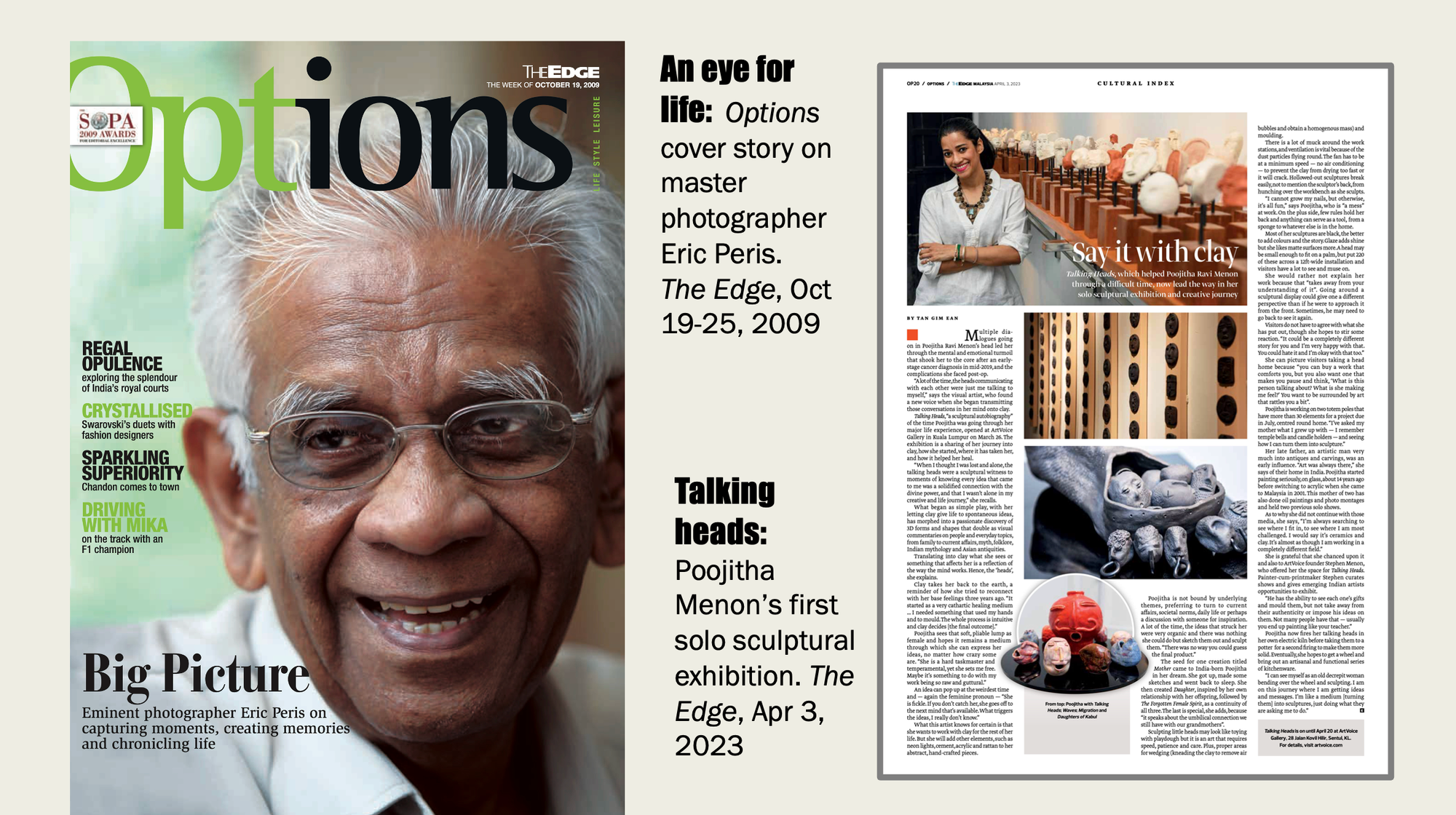
Most important to me is how we may incorporate production methods in publishing into fine art.
Production methods of publications enhance fine art
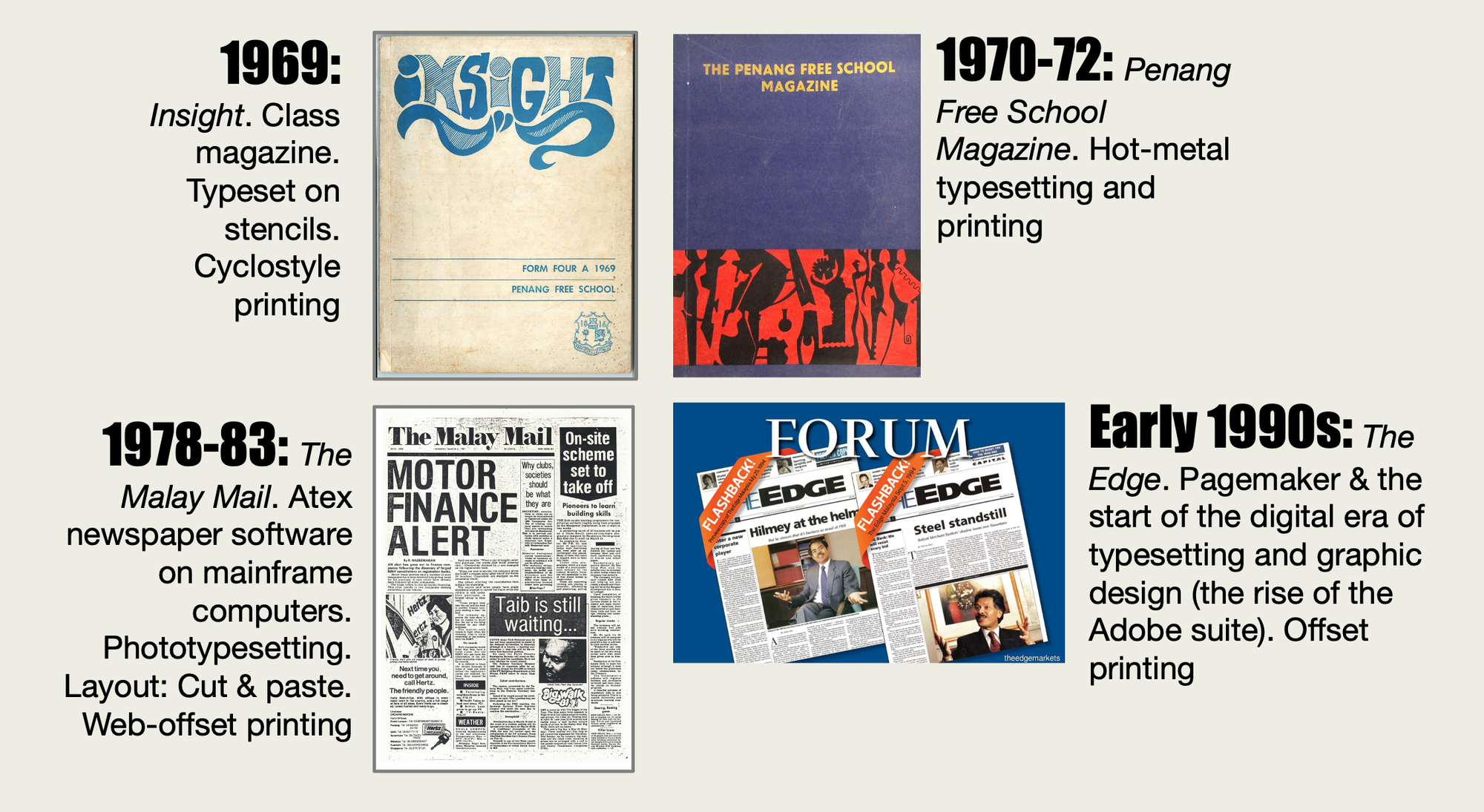
Speaking to students at the Malaysian Institute of Art (MIA) on March 27, I noted four areas they should be working at (1) having a realistic view of the world of art and the business of art (2) continuing to learn, to engage in discourse with those who are in the business (3) branding themselves, developing their USPs (unique selling propositions) and (4) finding ways to persevere in the long haul to success. In my case, I told them, I am trying to work in the analog-digital realm as well as in combining art with words (story-telling e.g.)
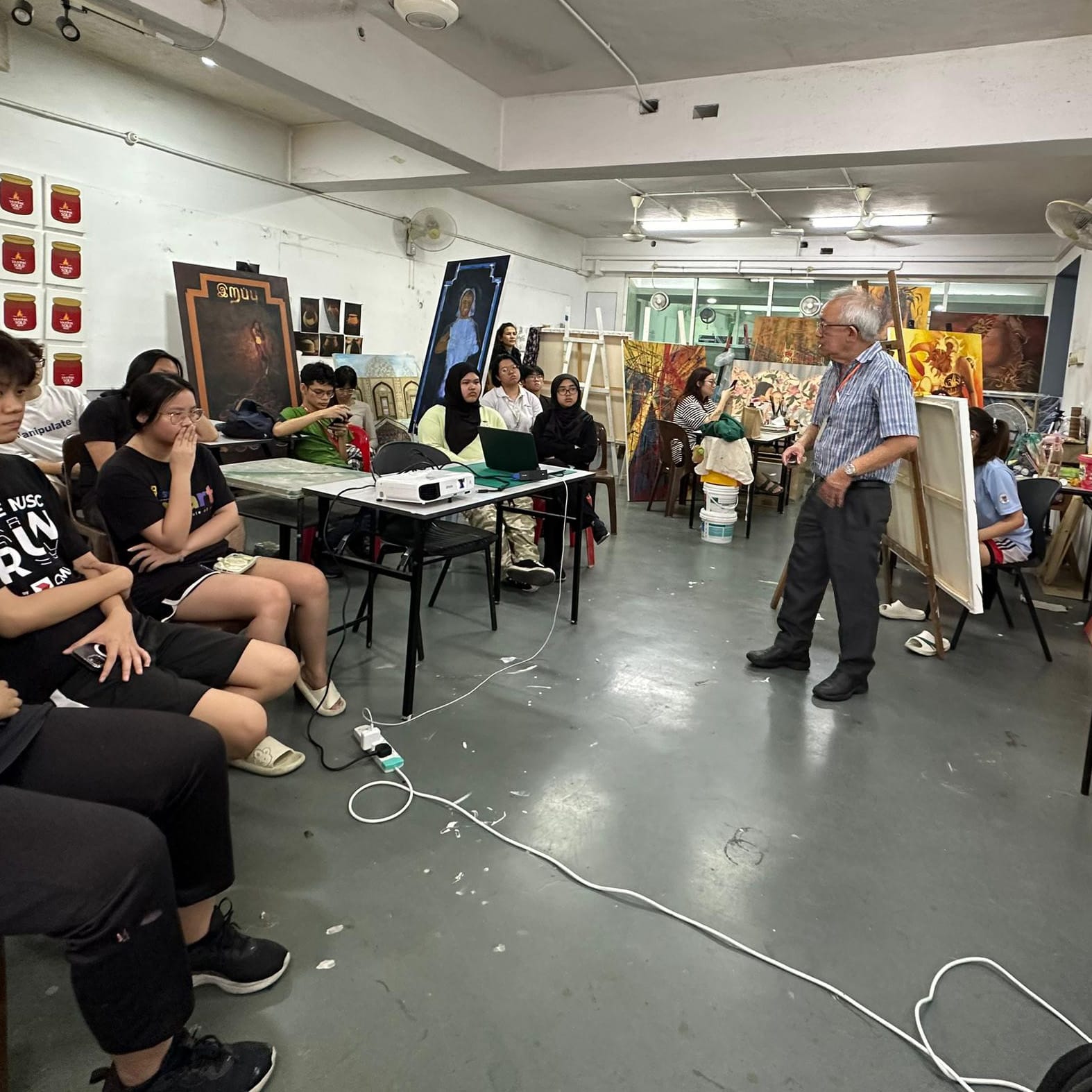
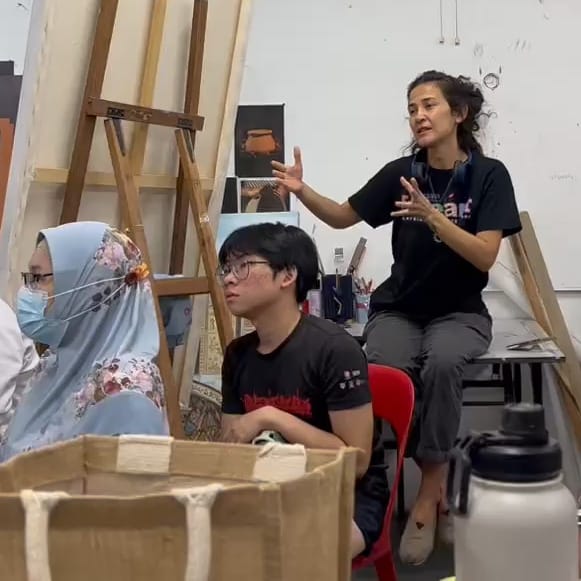
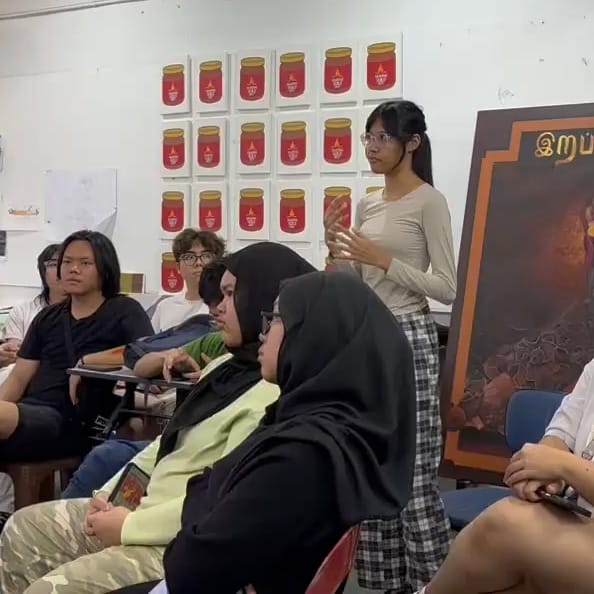
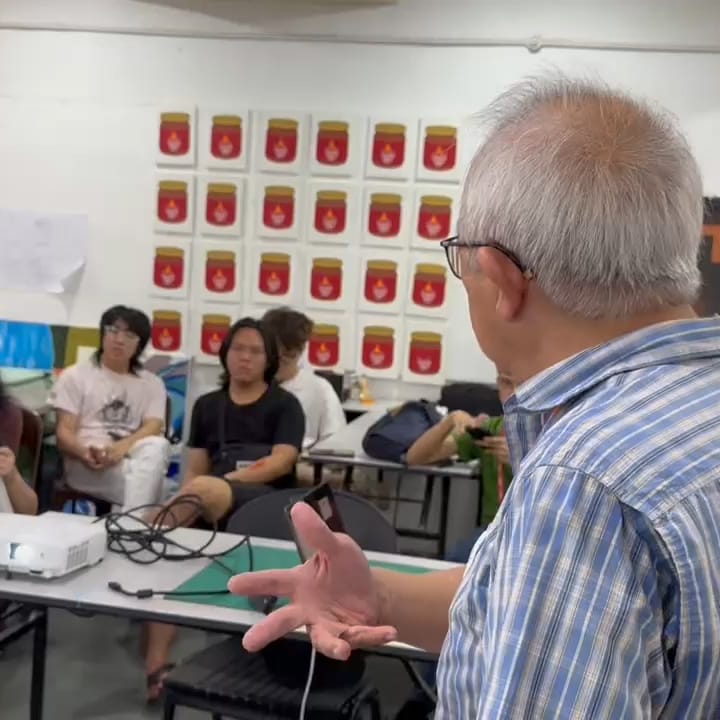
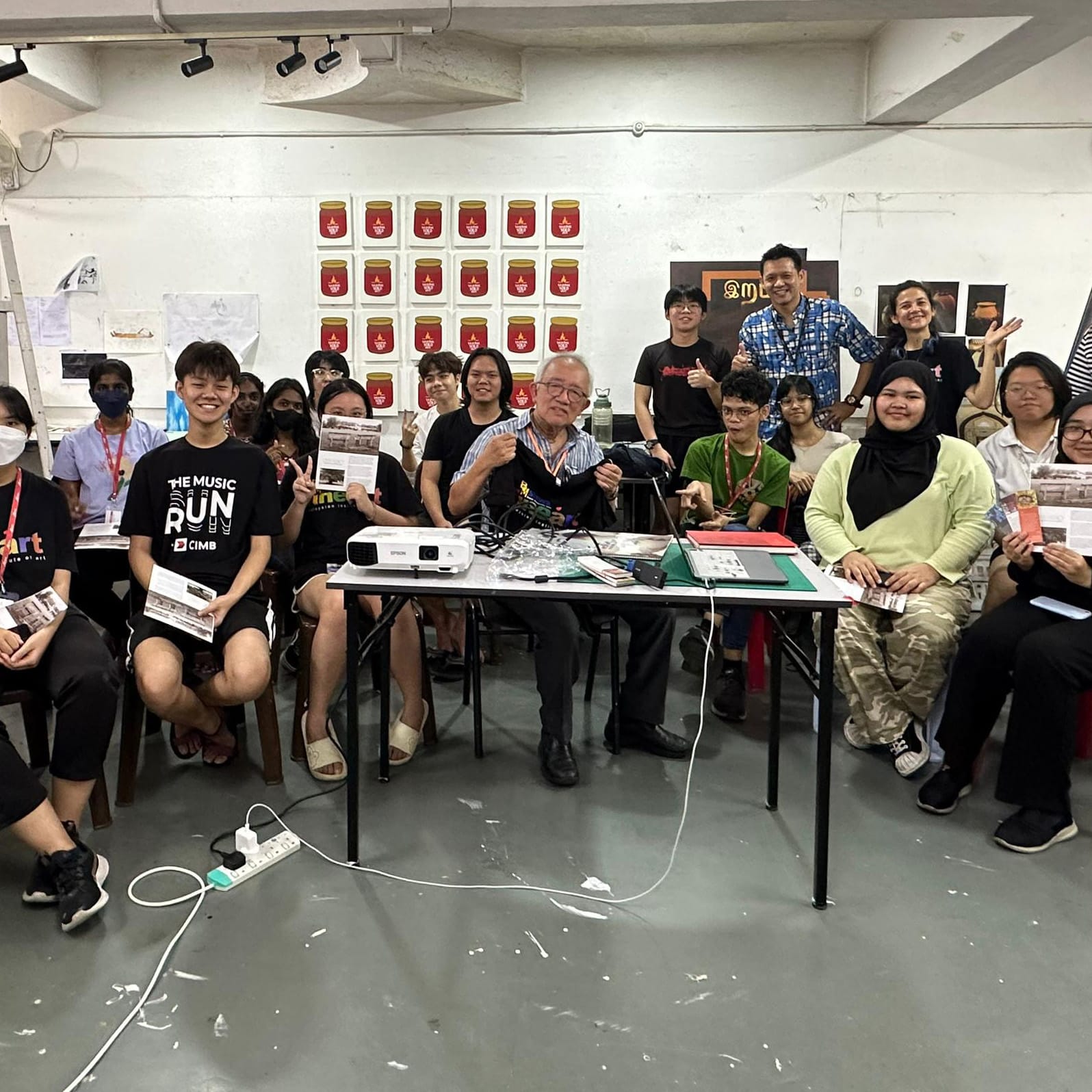
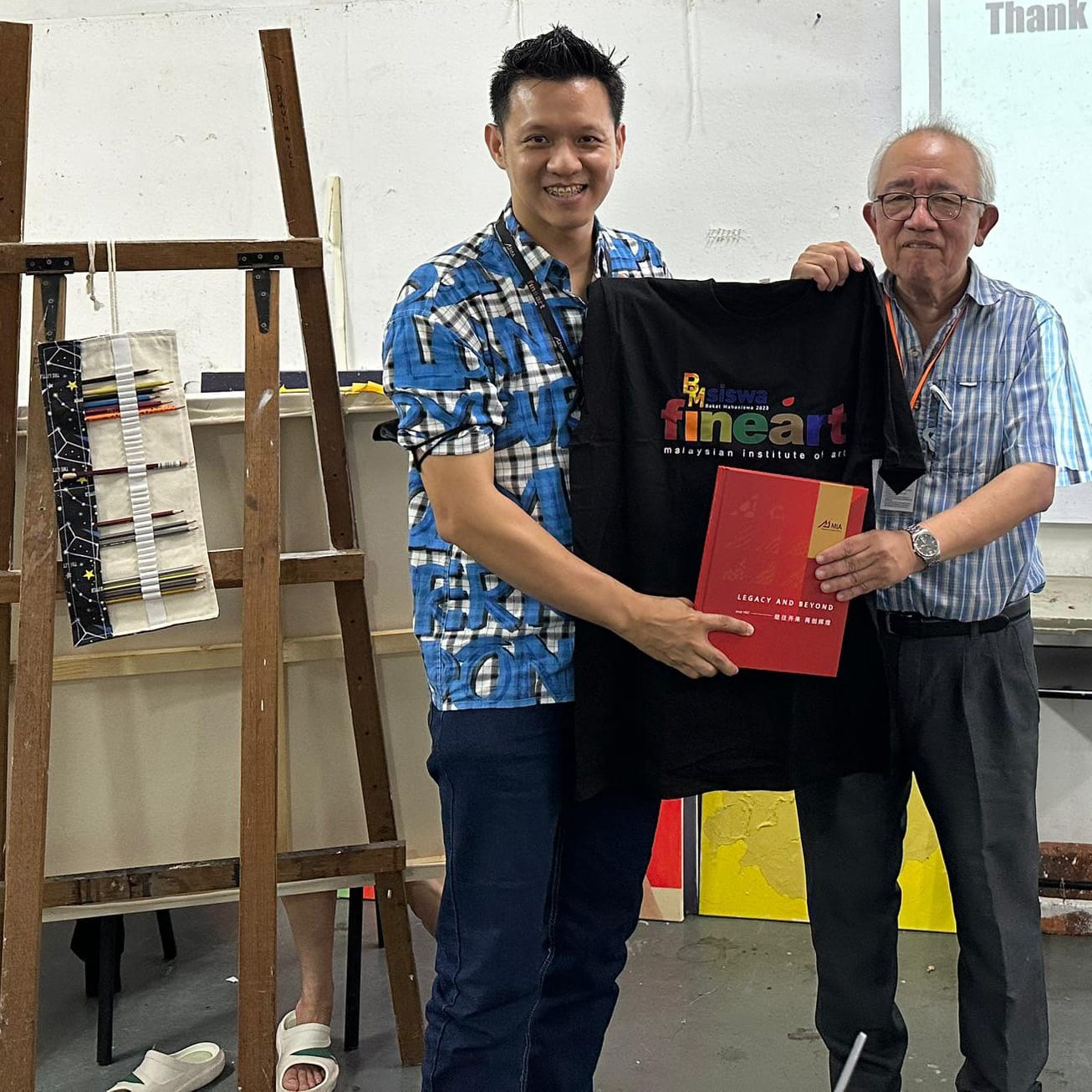
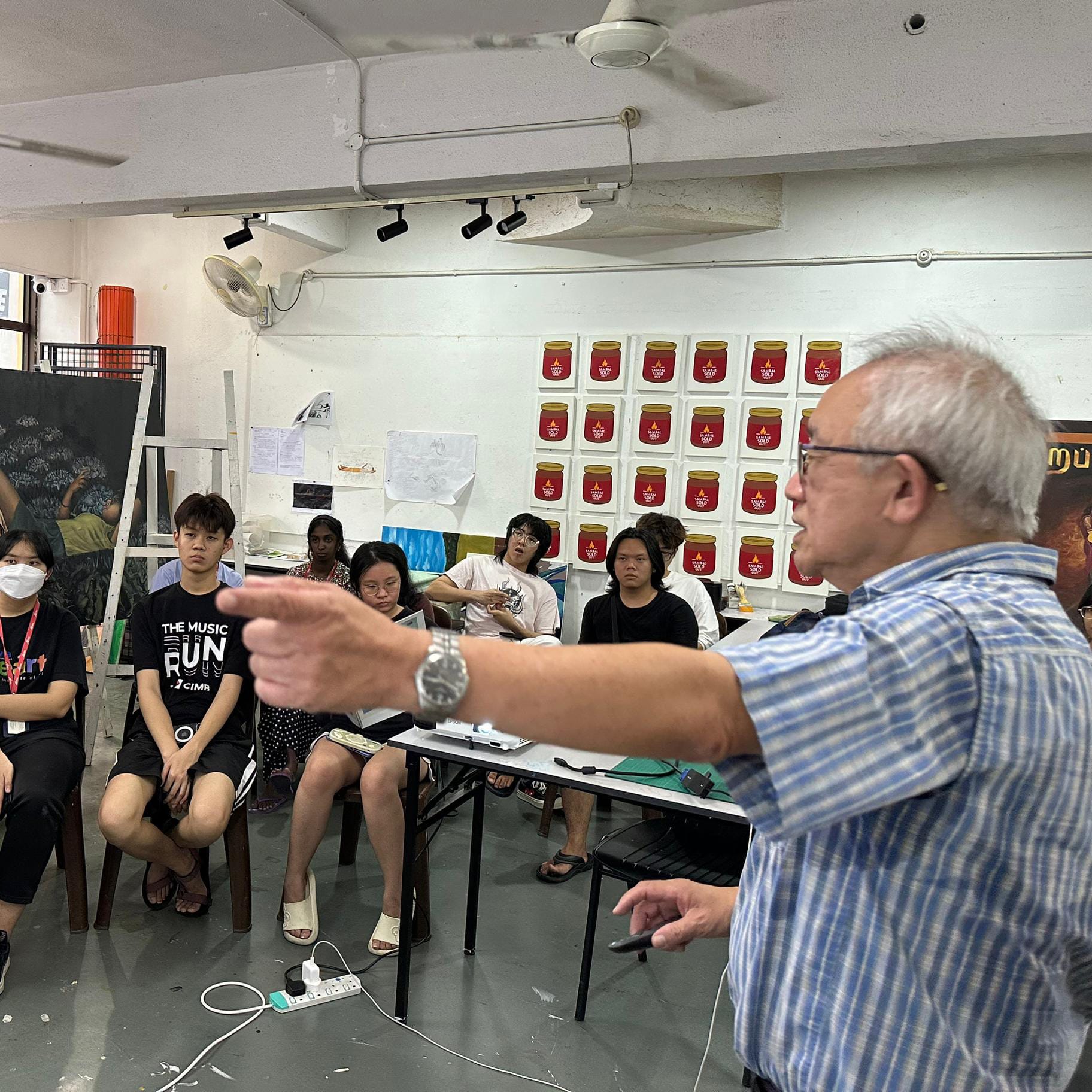
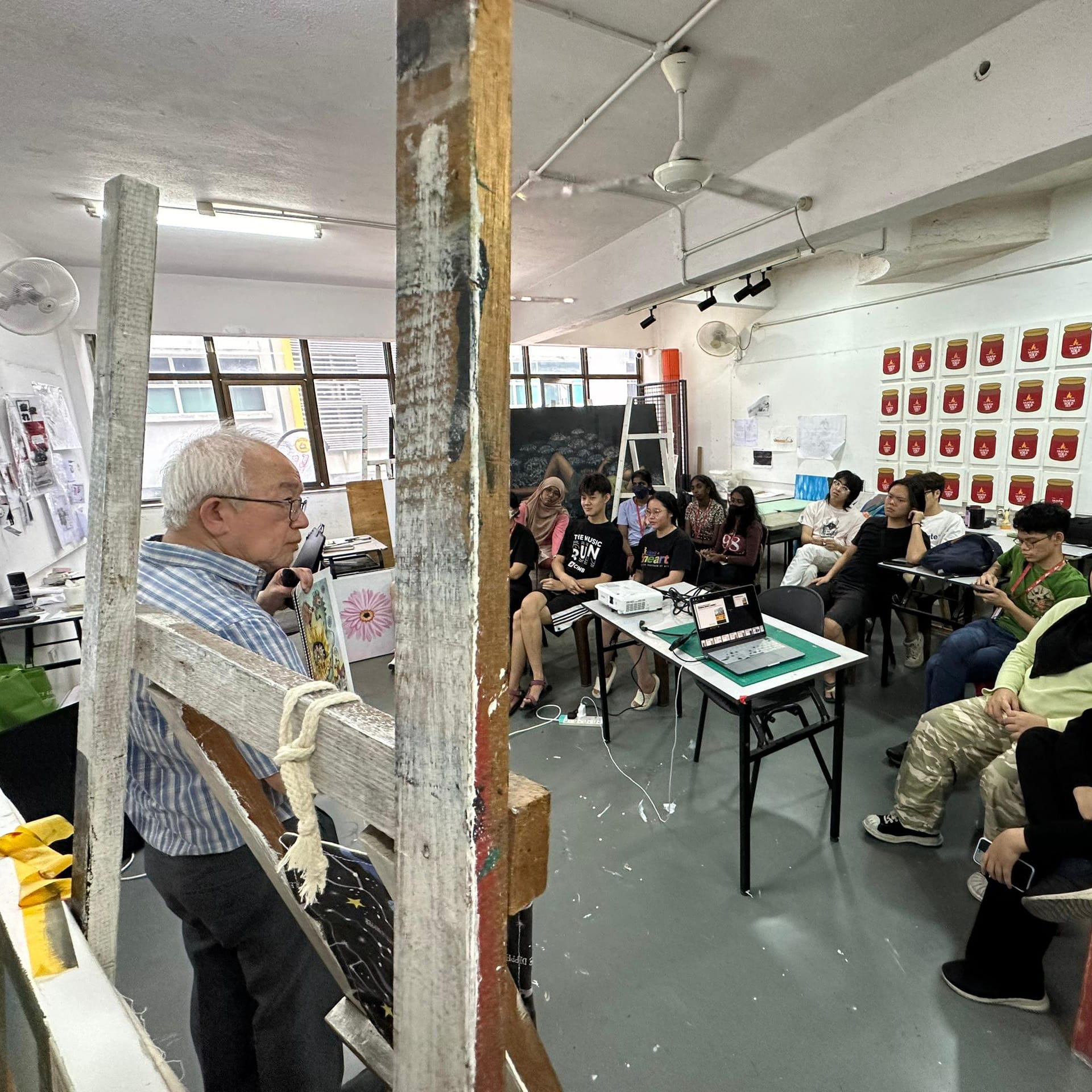
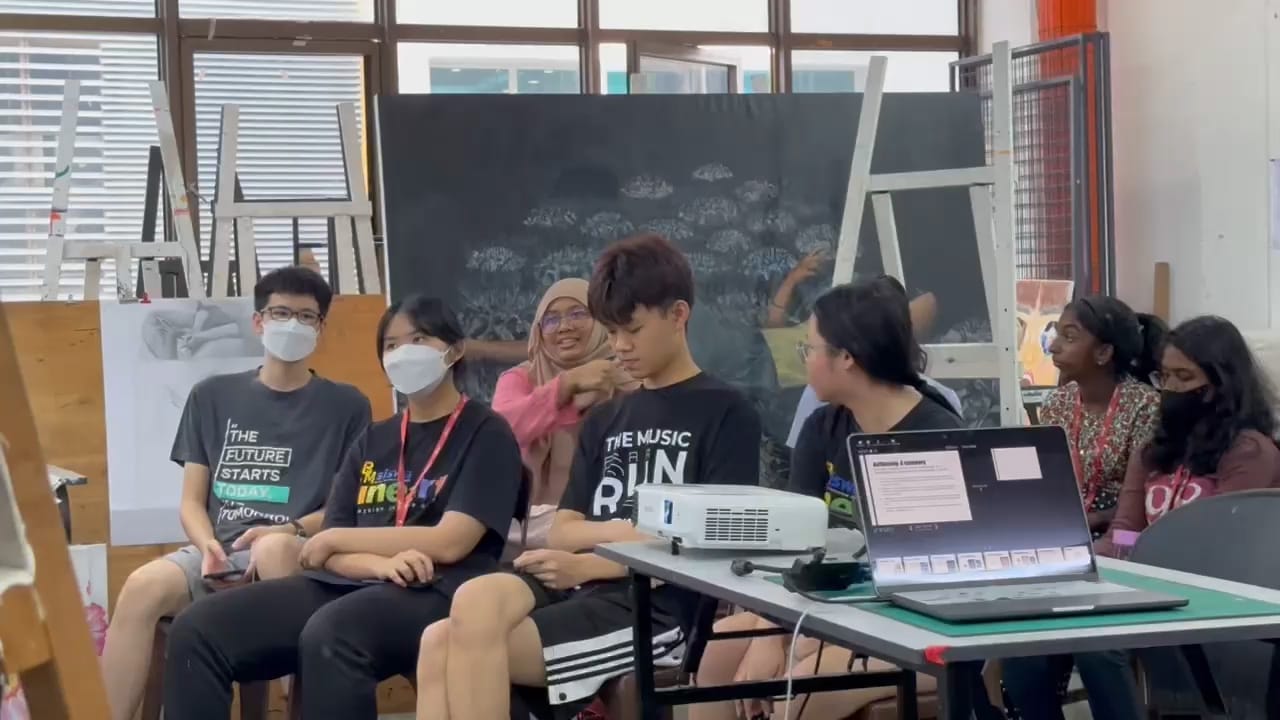
Presenting to MIA fine-art students on March 27, 2024: A responsive and attentive crowd. Many thanks to Head of the Fine Art Department Liu Cheng Hua for organising this
What interest me today, I told the students, include (1) working on the Adobe Suite and colour reproduction (2) how to guard against artificial intelligence making our work redundant — the human doing what humans do must be preserved. One of the ways to prove that it is our work is to document the processes we used to produce the work. This applies especially to digital artwork, and (3) how to move further in the area of story-telling and art.
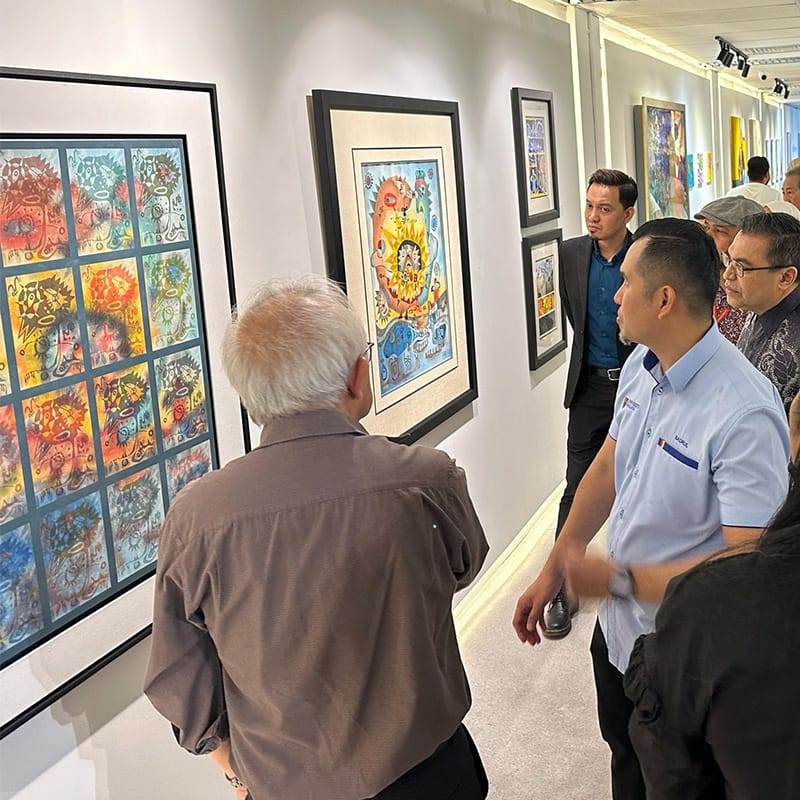
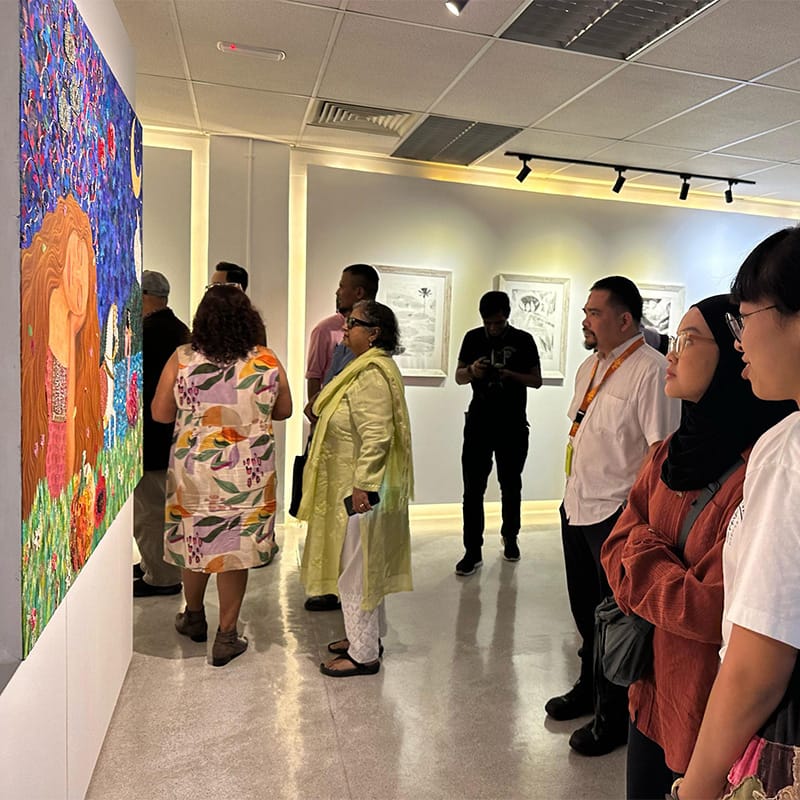
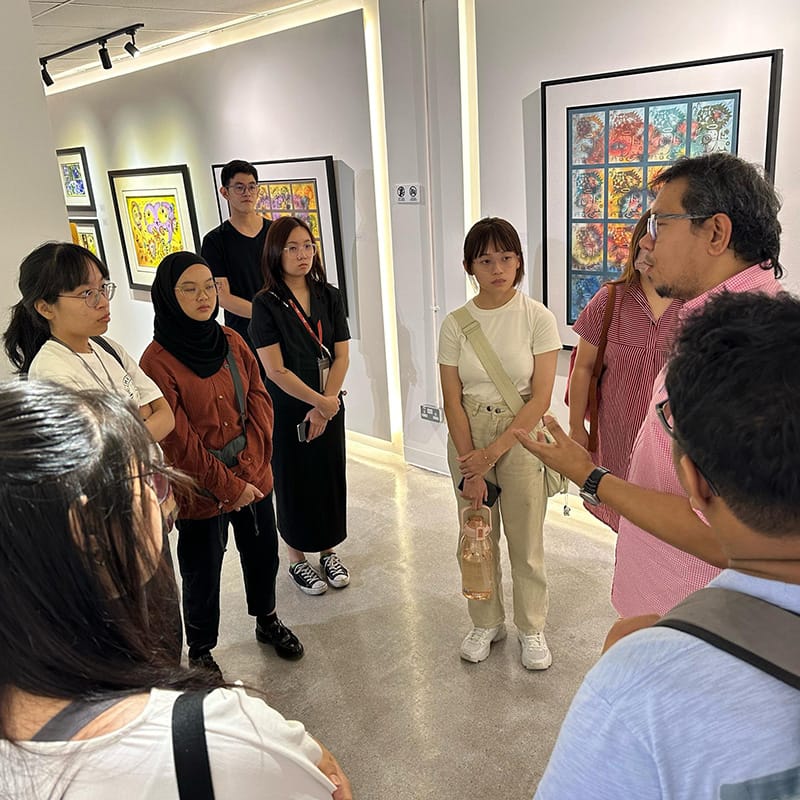
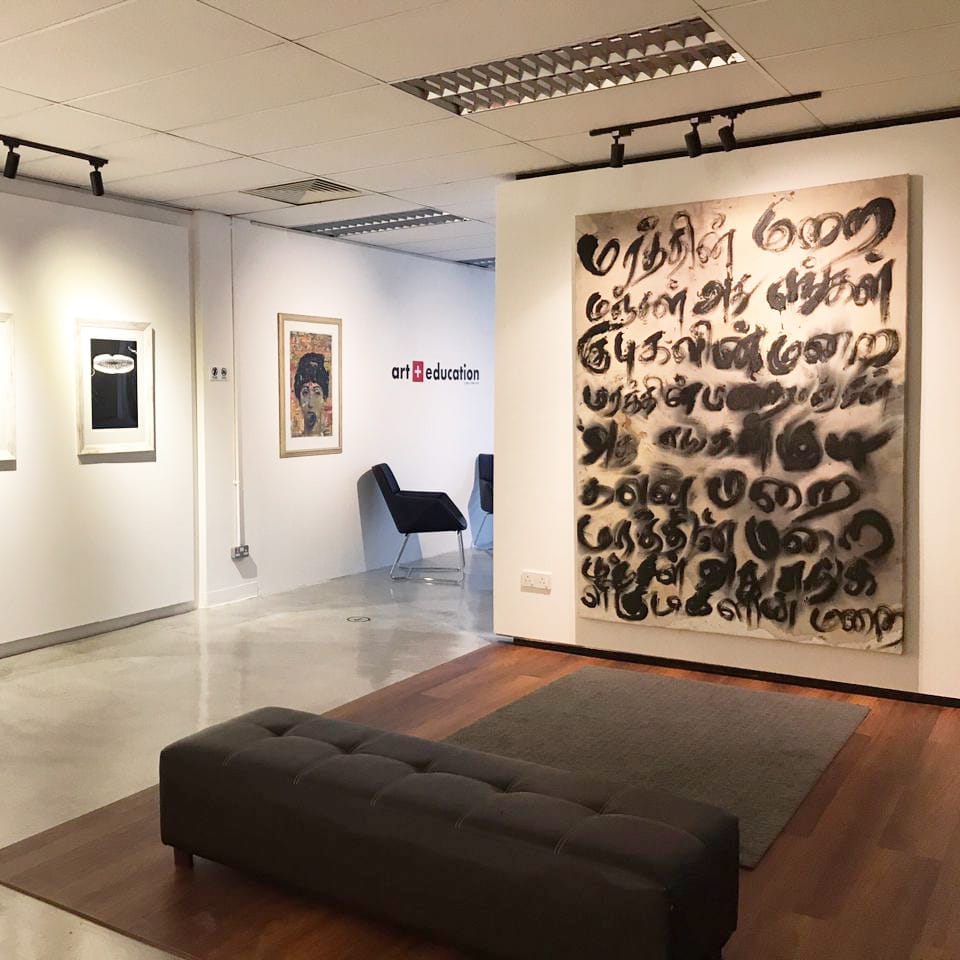
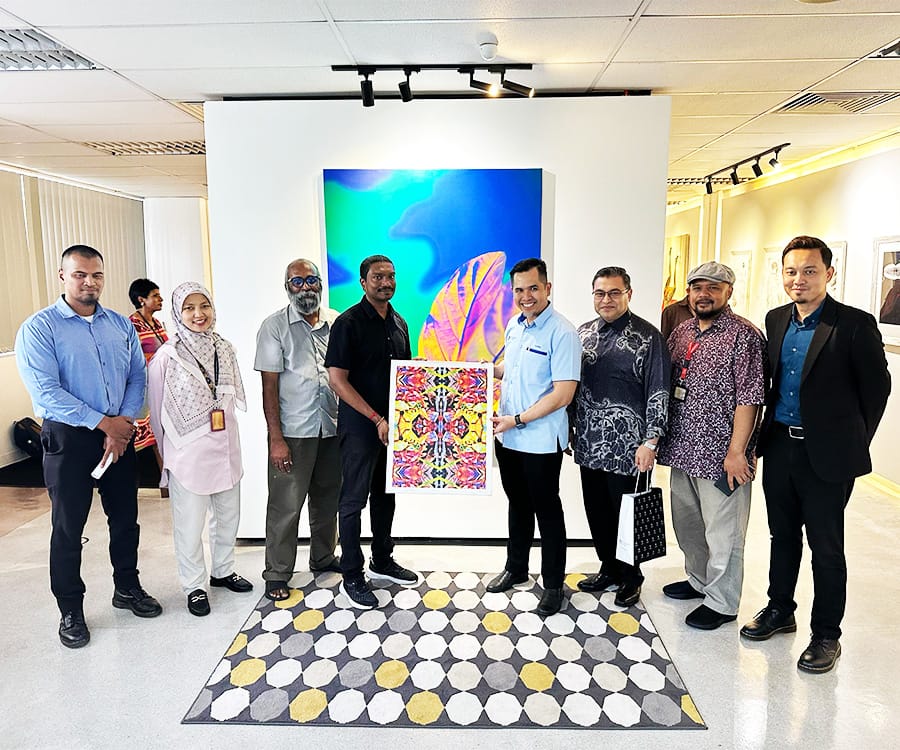
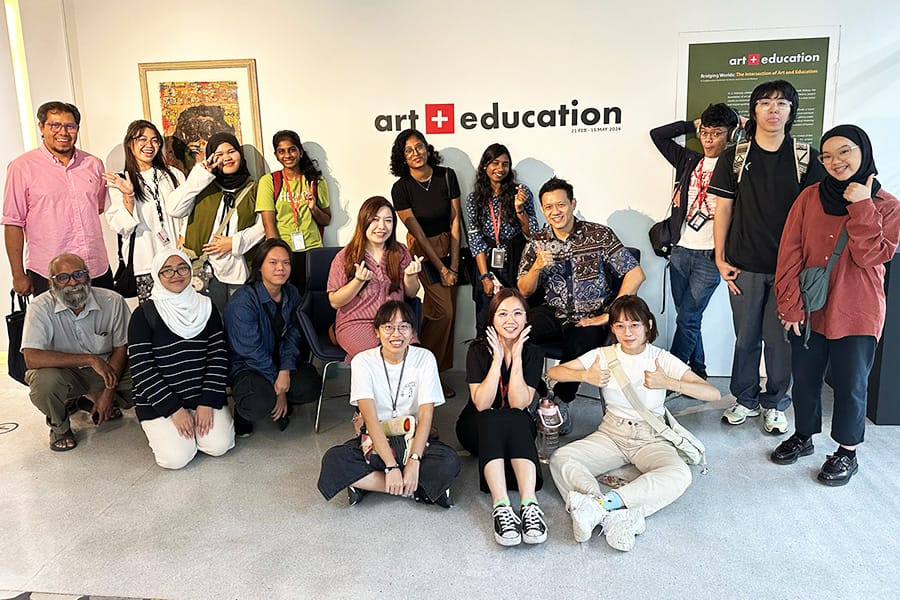
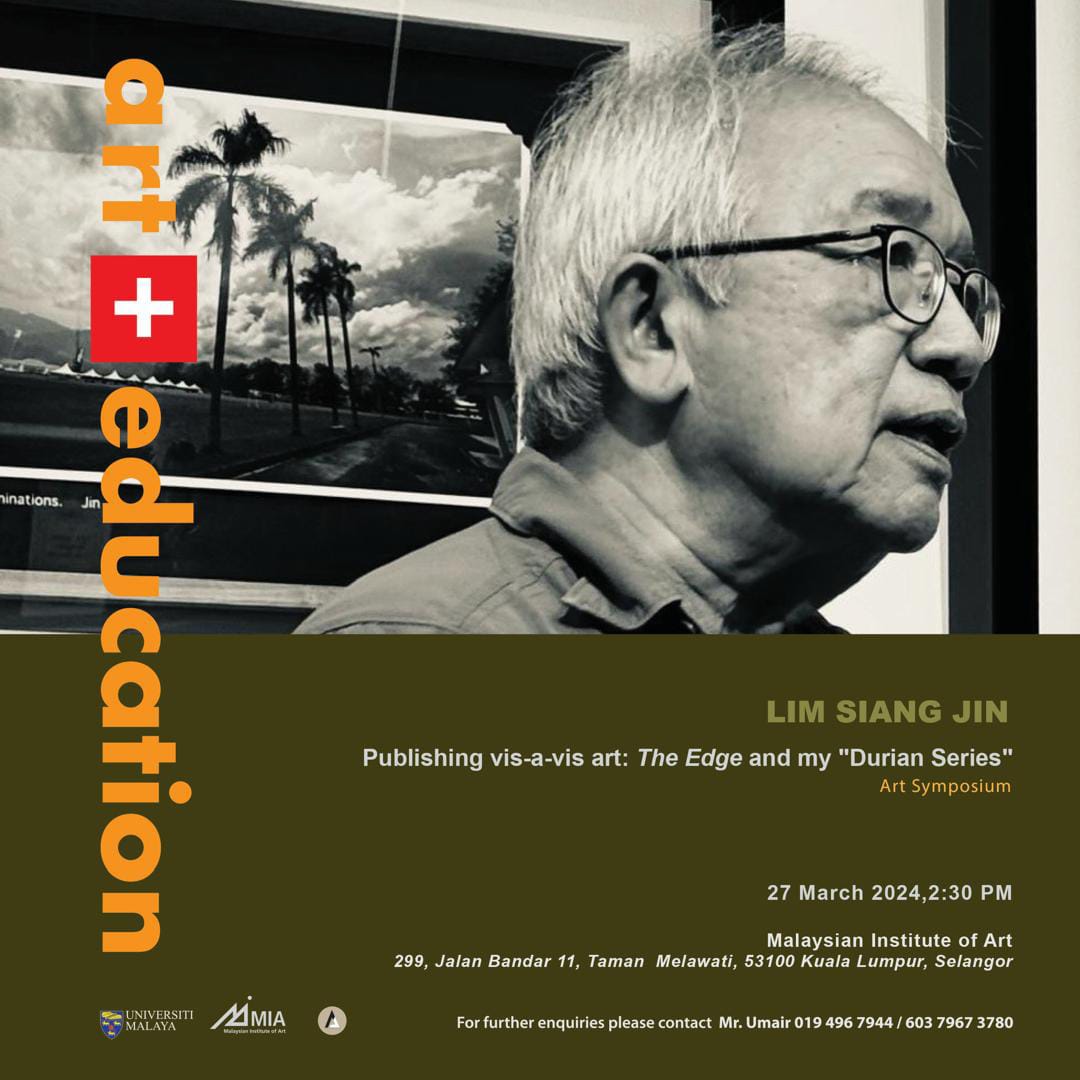
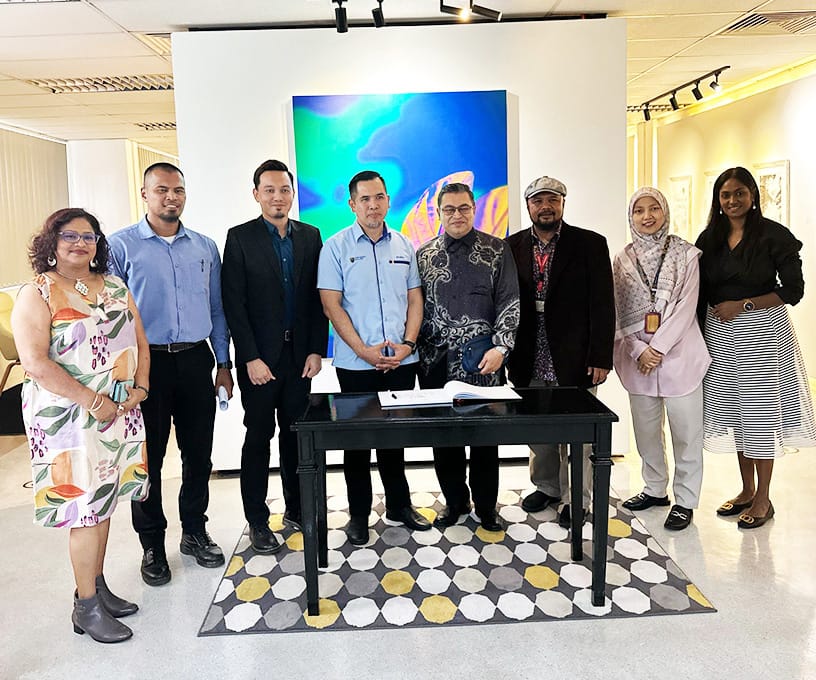
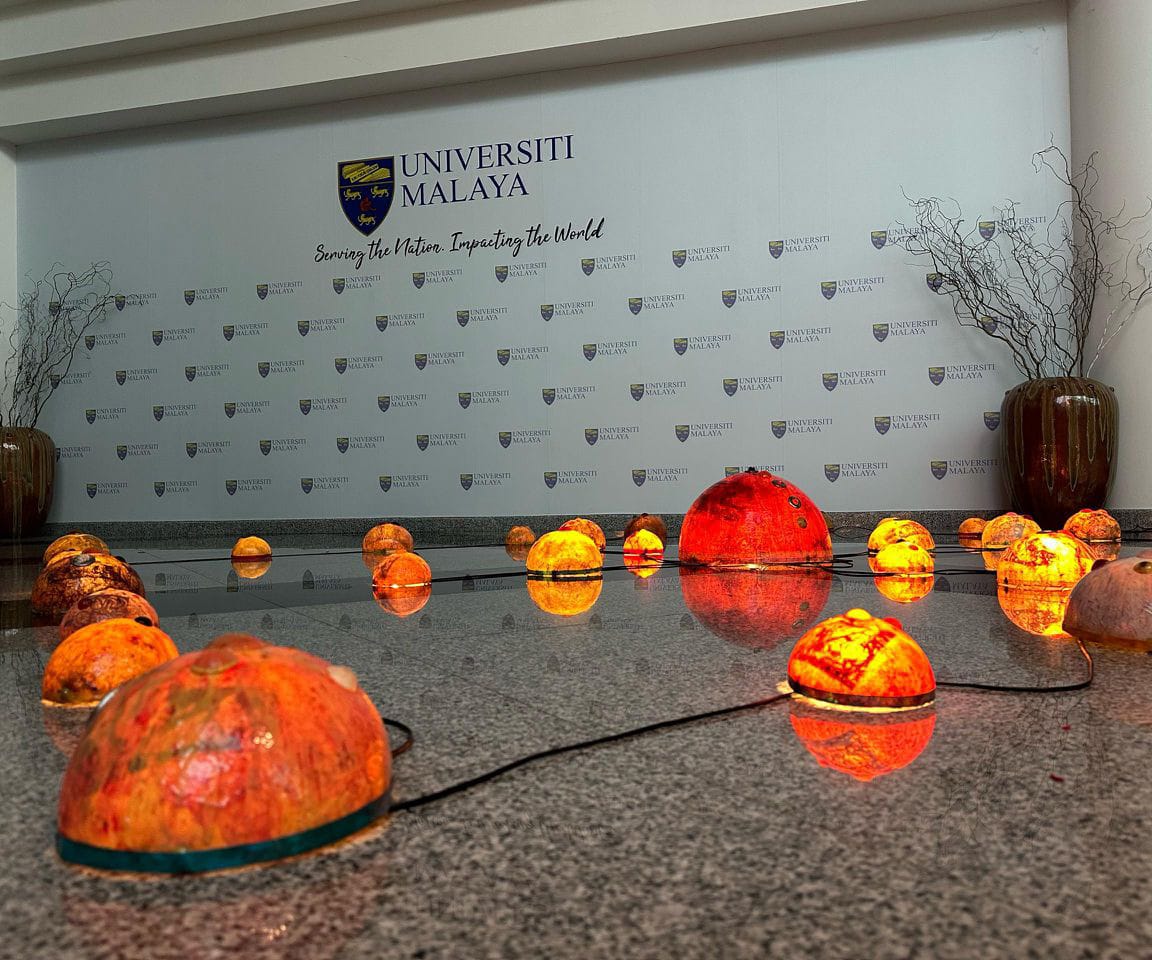
Launch of the ART+EDUCATION exhibition, Galeri Seni Universiti Malaya, March 11, 2024
